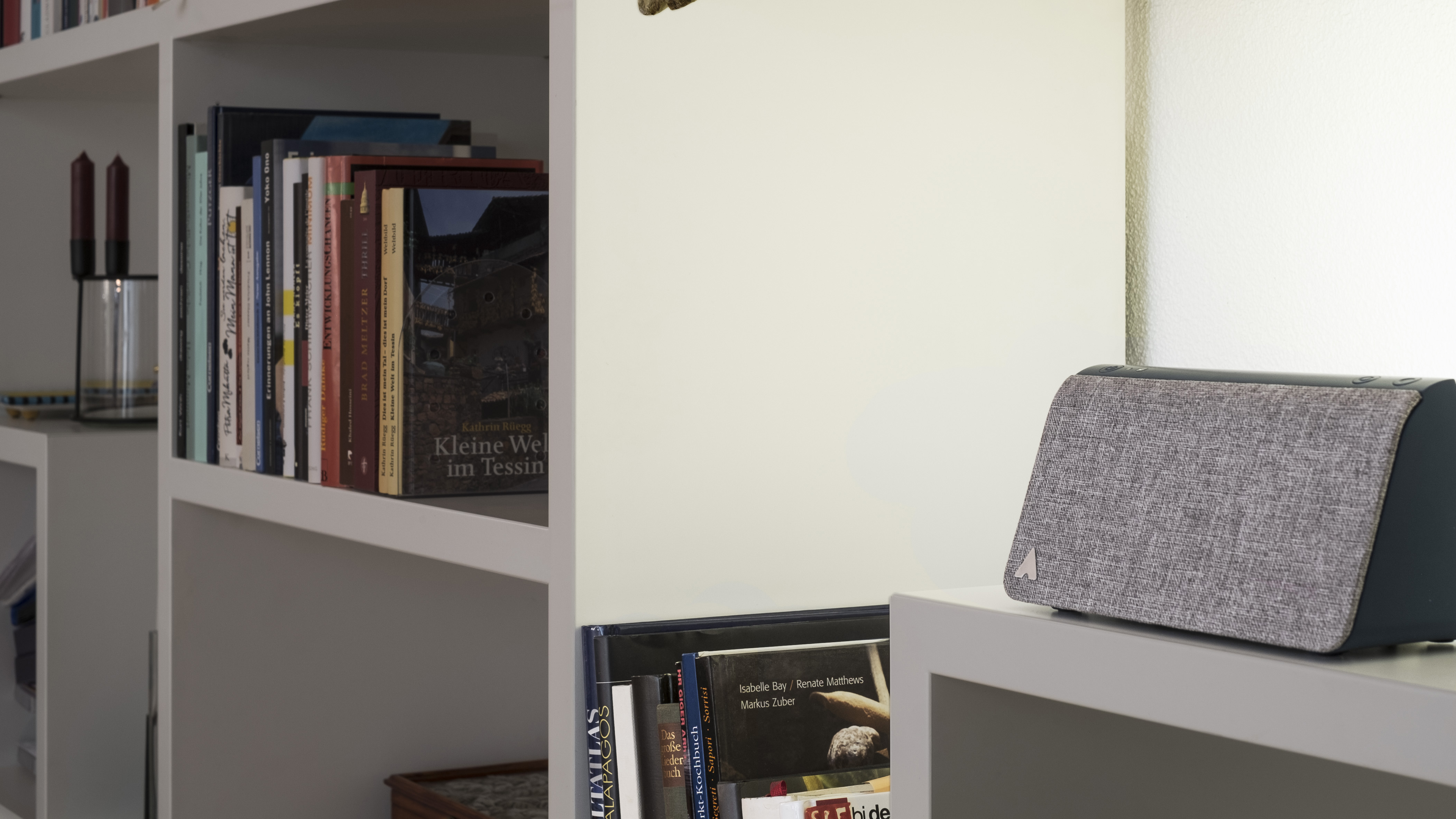
Burglars beware: houses are soon going to step up their theft-protection game. It’s a trend that began with the introduction of Internet of Things devices, and has recently reached a fever pitch now that companies like Schlage, Nest and Ring have made a fortune on keeping your home locked down.
What does this new world of automated home protection look like for those that have taken advantage of it? Well, one common scenario is that home owners install a Nest Secure can trigger an alarm when uninvited guests open the front door, which then triggers Nest Cam to record the face of the hapless robber.
But isn’t it too late at that point? Wouldn’t it be better if would-be thieves stayed out of your house entirely? That’s the foundational question posed by Kevin, a new smart security device and the world’s first “virtual roommate”.
Kevin, which launches today on Kickstarter for $149 (around £100, AU$185), is a smart security device that will provide the illusion that someone is home - even when you’re tens, hundreds or thousands of miles away. It plays audio clips from movies to replicate the sound of a TV; it will use built-in LEDs to create moving shadows on the wall and, according to its creators, it can even replicate the sounds of a four-person family.
We got a chance to go hands on with a prototype of the device in San Francisco to see for ourselves if it had the chops to foil a B&E. Here’s what we found out.

Kevin? Like the little kid from Home Alone?
The first point that’s worth addressing is the name: Kevin, if you haven’t already made the connection yourself, is a not-so-subtle reference Macaulay Culkin’s character in the Home Alone movies.
The creators named it after Kevin because, like Culkin’s character in the film, they believe it has the power to stave off a home invasion by using a few simple tricks like using the sounds of a movie to ward off would-be thieves.
Sign up for breaking news, reviews, opinion, top tech deals, and more.
The thinking here is that, if a robber believes you’re home and can see evidence of this - like, say, flashing lights or music - they’re less likely to try to break in.
How is Mitipi, the Swiss company behind Kevin, so sure that’s what will happen? Apparently, they’ve spoken to burglars themselves and found that, for nearly all of them, the possibility of confrontation with a homeowner was reason enough to leave the house alone.

Home while you’re away from home
Setting up the speaker is pretty easy - basically it involves hooking it up to a power source and connecting it to your home network. Once it’s powered on, you can download an accompanying app that will allow you to set a scene.
These scenes can simulate any number of different scenarios - like, say, if you want to simulate having a dog or a small group of kids in the house. Once the app is completed, there will be scenes that help differentiate between rural and urban locales, and even the ability to record some of your own conversations if you’d like to use that instead.
All of these scenes can either be controlled via your smartphone or via the buttons located on the device itself. Using the former will allow you to change settings on the fly from wherever you are in the world, while the latter is easier for the less-technically savvy.
The idea itself is an interesting one - but one that we felt could’ve been achieved by the technology people already own, you know, like a TV or any old speaker.
When we told that to the developer, their rebuttal is that, while that would likely work, Kevin offers a slightly more customizable solution, and one that uses significantly less power.
The other key component here is that there’s no ongoing subscription charge when you purchase the security device - something that fewer and fewer rival smart home devices can claim.

Home - but not - Alone
In a demo, the team had us stand outside of the office as Kevin did its thing. Inside the office we could hear the noises of a movie, and through the slats of the window blind could see what appeared to be movement. It’s fairly convincing - even if the audio, at this point at least, comes off a bit too generic-sounding to be authentic.
The one glaring flaw that the speaker was missing, at least in our opinion, was a built-in camera. Should a thief be able to see through Kevin’s ruse and break in, Kevin won’t have any way to report back to you what happened. That means, for the ultimate security, you’ll still need to invest in something like the Nest Secure or Nest Cam to adequately arm your house against home invasion.
The team assured me that improvements are definitely on the docket before Kevin comes to homes later this year and they’re keen to listen to feedback to improve the overall quality of the device.
So, when will Kevin be available to move in? According to the team’s Kickstarter page, they expect that the first set of units will be delivered in Q4 of this year - around December, if everything else goes according to plan.
Will Kevin be able to thwart (or at least diminish) the amount of burglaries that happen here in the US and Europe? If Kevin puts up half the fight as its on-screen namesake, there's a very good chance.

Nick Pino is Managing Editor, TV and AV for TechRadar's sister site, Tom's Guide. Previously, he was the Senior Editor of Home Entertainment at TechRadar, covering TVs, headphones, speakers, video games, VR and streaming devices. He's also written for GamesRadar+, Official Xbox Magazine, PC Gamer and other outlets over the last decade, and he has a degree in computer science he's not using if anyone wants it.